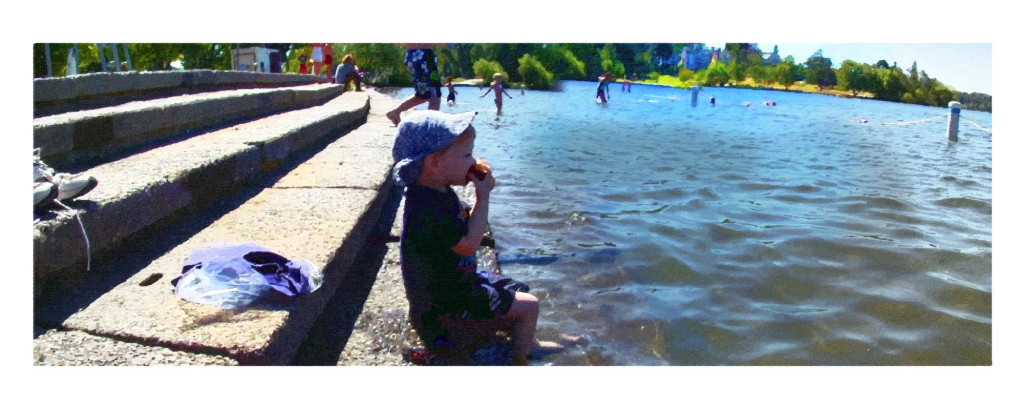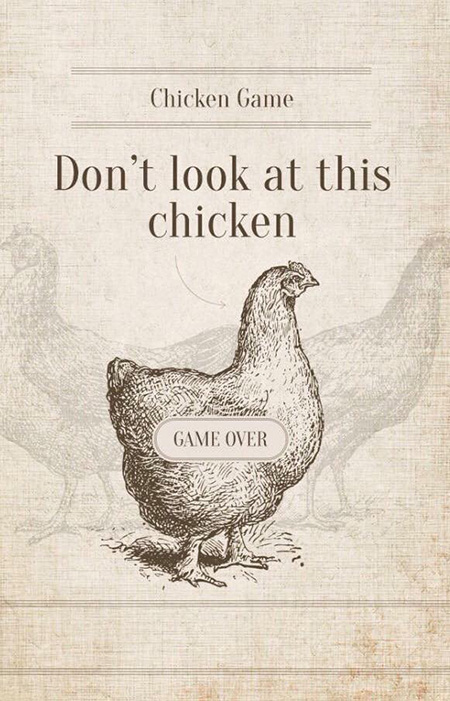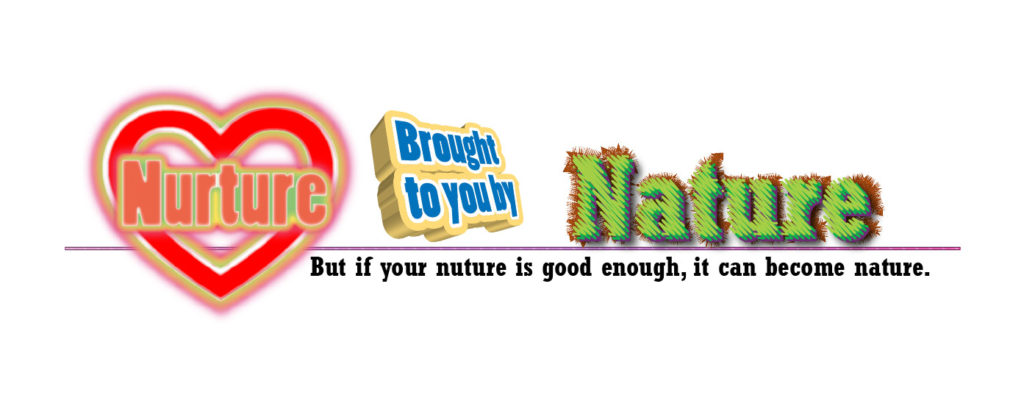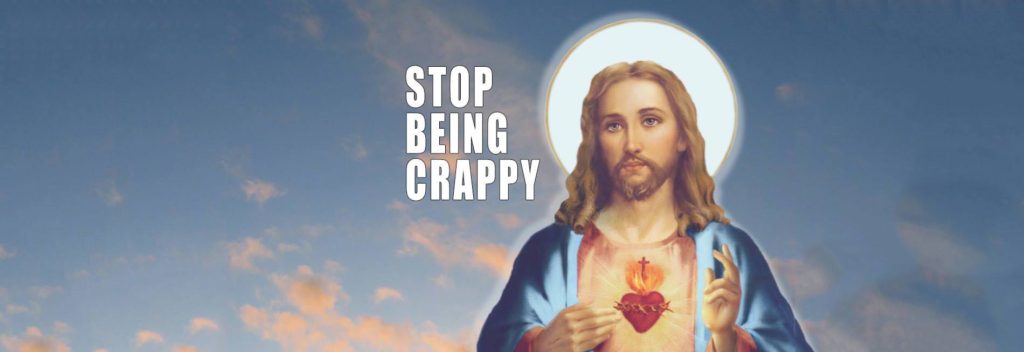As you remember, when the neolithic farming revolution went viral our ancestors all reformed their social arrangements in a staggeringly short period of time. They found themselves living together in numbers never known before. There was a short period where the archaeological record shows egalitarian communities sharing without the evidence that points to wealth and poverty.
All of a sudden, there is a transformation, the birth of the State. Power was amassed at the top, allowing poverty to flow down onto the masses. In his 1977 book Cannibals and Kings, anthropologist Marvin Harris explores human culture and society and their evolution. In it, he devotes a chapter to the origins of the state. This paragraph nicely describes the harsh change:
Some memories of when my son was little.
I suppose these range from around age 4 to 8 or 9.
- The other day I said “Sometimes I wish life could be more interesting and surprising.” Isaac said “If you mean you’re tired of the same old thing all the time, I’m with you.”
- Streaming a very funny anime (Sgt. Frog.) on Netflix with Isaac. Isaac says: “Have you noticed that every anime has hot teenage girls in it?” me: “Um. yes.”
- The other day I was reading to Isaac and he looked up at me and said: “And the winner of the longest nose hair award is…my Dad.”
- Isaac complained about the cutesy little notes his Mom puts into his lunchbox so today I slipped a note in there that said: “Did you forget about the amazing space lizards?”
- Isaac: “Dad, where did crows eat before there were burger joints?”
- I spent the afternoon playing video games with Isaac and when I grumbled about needing to get some work done he said “Lazy Butt!” and I said, “Well you should know, you’re a chip off the old butt.”
- It was a beautiful warm spring-like day. Isaac and I went out to the beach, turning over rocks in the low tide zone, finding hundreds of little crabs. We picked up a few on our shovel and they tried to fight us. As we were leaving he said: “I guess we gave them some great stories to tell their grandchildren.”
- Over at Isaac’s school celebration for Winter vacation. A woman came over to help me open the beverages I brought. She said, “Oh, by the way, I’m Mikey’s mom.” I said, “Hi, I’m Isaac’s mom!” She noticed a beat before I did.
- Isaac put refrigerator magnets together that said: “So I pounded an elaborate bitter goddess”. The apple doesn’t fall far from the tree.
- The other night Isaac started painting a big piece of styrofoam all sorts of weird colors, with glitter here and there. He said he was making decorations for April Fools Day.

“It darkles, (tinct, tint) all this our funnaminal world.” ― James Joyce, Finnegans Wake
In 1994 three researchers wandered the Ardèche valley in southern France beside the river of the same name. Their work would look odd and delicate to us. They were hoping to discover hidden caves and their method was to feel for small drafts of air rising through piles of rock. Some explorers do this by literally sniffing about, hoping to scent the smell of a cave. That day, these three discovered a near miracle. It was a huge cave full of ancient human art perfectly sealed by a landslide for around 20 thousand years. This is the Chauvet cave, named for the lead explorer.
Abundant charcoal on the site allowed good carbon dating. The primary use of the cave by humans dated from 32 thousand years ago. This placed the art at 10 thousand years older than the oldest art we knew of. I want to write that age as a number.
32,000 years ago. 30,000 BCE. This time is the upper paleolithic or “old stone age”. Something strange happened in the neolithic. About 9000 years ago an emergent rush of lifestyle change transformed humanity from small tribes of wandering hunters to villages of farmers. As a group, we abandoned what we had always done for something new.
The long paleolithic period in southern Europe leaves little to tell us who we were, but what we do find is vivid and strange. The paintings in the Chauvet cave are amazing. Like most cave paintings they are of animals rendered with smooth confident lines and subtle shading. What isn’t so obvious is what the paintings meant to the artists. When it was in use, Chauvet cave had a large opening that would have allowed sunlight into the first chamber. There are no paintings in the first chamber. Well, only one… just at the point the sunlight could not reach.
Paintings are for darkness.
The painters used all the features of the cave as part of the art. A horse appears to be running out of an alcove. Bumpy cave walls become 3d anatomy; a bison shoulder, a lion’s hip. Looked at from different angles things transform and shift identity. This part of a horse turns into that part of a wolf. Some animals might be a group standing together, or a single animal moving through space as if we paused an animation with multiple frames visible at once.
The world surrounding this canvas is worth considering. Europe was in an ice age, there were glaciers 9000 feet thick. It was cold but dry and sunny. The people would have dressed as traditional Inuit Indians do, with reindeer leather and furs. They carved bone flutes on the pentatonic scale. The sea level was 3oo feet lower and a determined hunter could have walked from Paris to London (or you know, those geographical locations). The world was crammed with animals familiar and strange: Cave bears, lions, hyenas, mammoths, hairy rhinoceros, horses, bison, leopards, wolves, ibex, reindeer. In the same area lived a distinctly separate species of humanity; Neanderthals. Neanderthals left no paintings. Why did we paint and why didn’t neanderthals paint?
Humans didn’t live in the cave. They went down into the dark with their torches to conduct some kind of passionate business they had with this wild world they lived in. Continue reading
https://www.scientificamerican.com/article/movies-in-the-cortical-theater/
Mapping Perceptions and Thoughts
First of all, would you please take a peaceful moment to imagine two elephants walking across the savannah.
This remarkable story has been out for a while, but it deserves a little consideration. Magnetic Resonance Imaging (MRI) technology can precisely track neurological activity throughout

the brain down to volumes as small as a peppercorn.
- A volunteer is shown a movie of two of two elephants walking on the savannah. A certain series of areas display activity.
- Other volunteers watch the movie. The same areas show the same engagement.
- Volunteers are told to imagine two elephants walking across the savannah and the same areas light up.
- No matter what language the volunteers understand, the same areas show the same engagement.
This is where humanity keeps their wandering elephants. What can it mean that the human brain has an exact particular spot for an elephant wandering or an হাতির বিচরণ or an elefante alderraiaren, or an слон блуждающих or an 大象漫遊 ?







